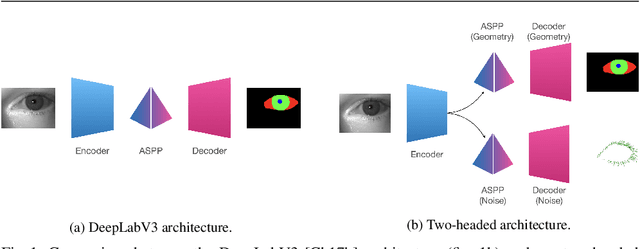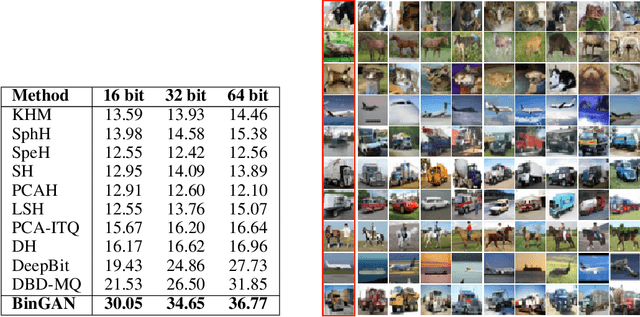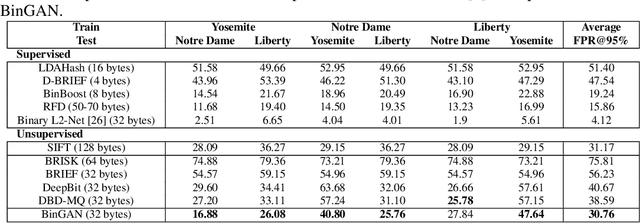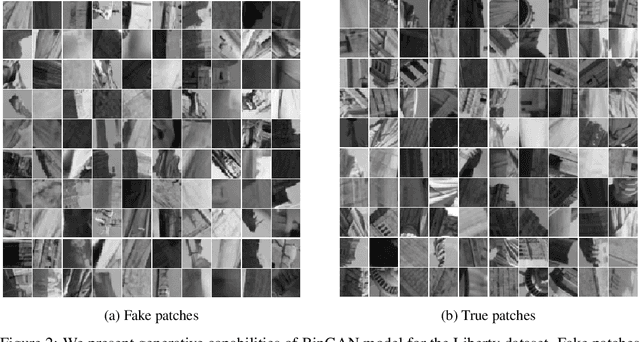Maciej Zieba
KeyFace: Expressive Audio-Driven Facial Animation for Long Sequences via KeyFrame Interpolation
Mar 03, 2025Abstract:Current audio-driven facial animation methods achieve impressive results for short videos but suffer from error accumulation and identity drift when extended to longer durations. Existing methods attempt to mitigate this through external spatial control, increasing long-term consistency but compromising the naturalness of motion. We propose KeyFace, a novel two-stage diffusion-based framework, to address these issues. In the first stage, keyframes are generated at a low frame rate, conditioned on audio input and an identity frame, to capture essential facial expressions and movements over extended periods of time. In the second stage, an interpolation model fills in the gaps between keyframes, ensuring smooth transitions and temporal coherence. To further enhance realism, we incorporate continuous emotion representations and handle a wide range of non-speech vocalizations (NSVs), such as laughter and sighs. We also introduce two new evaluation metrics for assessing lip synchronization and NSV generation. Experimental results show that KeyFace outperforms state-of-the-art methods in generating natural, coherent facial animations over extended durations, successfully encompassing NSVs and continuous emotions.
Two-headed eye-segmentation approach for biometric identification
Sep 30, 2022

Abstract:Iris-based identification systems are among the most popular approaches for person identification. Such systems require good-quality segmentation modules that ideally identify the regions for different eye components. This paper introduces the new two-headed architecture, where the eye components and eyelashes are segmented using two separate decoding modules. Moreover, we investigate various training scenarios by adopting different training losses. Thanks to the two-headed approach, we were also able to examine the quality of the model with the convex prior, which enforces the convexity of the segmented shapes. We conducted an extensive evaluation of various learning scenarios on real-life conditions high-resolution near-infrared iris images.
BinGAN: Learning Compact Binary Descriptors with a Regularized GAN
Nov 06, 2018



Abstract:In this paper, we propose a novel regularization method for Generative Adversarial Networks, which allows the model to learn discriminative yet compact binary representations of image patches (image descriptors). We employ the dimensionality reduction that takes place in the intermediate layers of the discriminator network and train binarized low-dimensional representation of the penultimate layer to mimic the distribution of the higher-dimensional preceding layers. To achieve this, we introduce two loss terms that aim at: (i) reducing the correlation between the dimensions of the binarized low-dimensional representation of the penultimate layer i. e. maximizing joint entropy) and (ii) propagating the relations between the dimensions in the high-dimensional space to the low-dimensional space. We evaluate the resulting binary image descriptors on two challenging applications, image matching and retrieval, and achieve state-of-the-art results.
Training Triplet Networks with GAN
Apr 06, 2017Abstract:Triplet networks are widely used models that are characterized by good performance in classification and retrieval tasks. In this work we propose to train a triplet network by putting it as the discriminator in Generative Adversarial Nets (GANs). We make use of the good capability of representation learning of the discriminator to increase the predictive quality of the model. We evaluated our approach on Cifar10 and MNIST datasets and observed significant improvement on the classification performance using the simple k-nn method.
 Add to Chrome
Add to Chrome Add to Firefox
Add to Firefox Add to Edge
Add to Edge